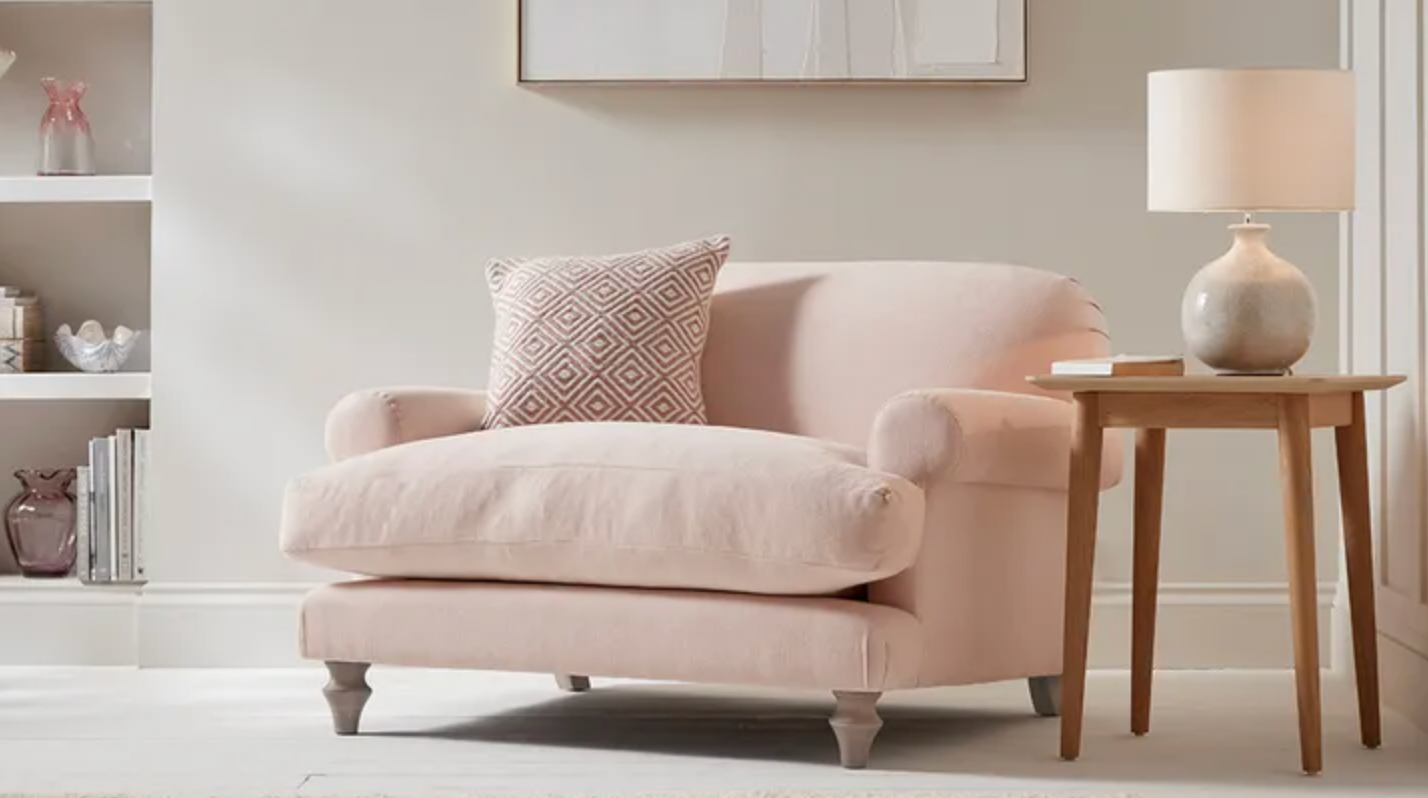70s Interior Design Trends That We Still Love

In the 70s homes were going through a radical makeover!
Gone were the days of modest minimalism with open spaces and clean lines from the 60s, with people beginning to add colour and a quirkiness to their home design choices.
In this blog post, we explore the top 70s interior design trends that we kind of wish would come back.
1. Earth Tones
As the 70s dawned warm and earthy tones like avocado green and gold, we quickly said goodbye to colour (although, it would soon come back).
There was a pop of orange and rustic brown still sticking around but mostly, they stuck to earthy tones.
The earth tones were actually thought to have come from increasinging awareness around environmental factors!


Image source: Home Decor Diaries and Days Inspired
2. Hanging Chairs
No home in the 70s would have been complete without a few hanging chairs. A staple of a mid to late 70s home these chairs were definitely unusual in both design and comfort.
This unique idea was meant to allow a childlike creativity into the home, while adding to the cosy and comfortable environment.
Believe it or not but as recently as 2023, the hanging chair has seen a resurgence in popularity with many homeowners choosing still loving this home decor piece.
Perhaps this has something to do with us all trying to heal our inner child?


Photos: Edward George London and The Rattan Company
3. Modular Furniture
Like with most interior design features of the 70s, modular furniture was all about comfort.
People fell in love with the flexibility of this furniture and I kind of love it too!
Today, I genuinely feel like modular furniture should be more popular than it is as it allows homeowners to create spaces for family and social gatherings while still retaining comfort.
Photo: Edward George London
4. Colourful Artwork
The 70s was the era of funky, colourful and playful artwork.
This goes back to the childlike creativity of the 70s with expression through interior design. It encouraged self individualism which many at the time struggled to find outside of the home.
And when I say colourful, I mean colourful. Usually this artwork consisted of neon colours which were a stark contrast against the earthy tones that they were loving at the time.
Unfortunately, pop art has fallen out of trend since the 70s and hasn’t really made a comeback in recent years, although, there is still hope!


Try and take the 70's theme as inspiration but incorporate it in a modern style.
Photos: Edward George London and Abstract House
5. Conversation Pits
I LOVE the idea of conversation pits.
The 1970s were a time of increased emphasis on social interaction and communal living.
Sunken seating areas, often referred to as ‘conversation pits’’, were a trendy design feature that SO many people were obsessed with.
Conversation pits facilitated face-to-face conversations and gatherings, creating an intimate, laid-back atmosphere for friends and family to connect.
Conversation pits aren’t as popular as they once were with it being space consuming, many prefer to have social gatherings outside the home or in the garden.
But if I had the space in my home, this would be a must!


Photos: House and Garden
6. Bold Patterns
Bold and large-scale patterns were a significant part of 1970s design.
Depending on the homeowner and the interior designer, paisley, floral prints, geometric shapes, and psychedelic patterns were all popular choices for bedding and furniture.
The spectrum allowed freedom of choice and self expression and people really didn’t care as much about aesthetics back then. They just brought what they thought looked good, not what they thought other people would like!
Those that wanted a warmer feel went with a floral or paisley pattern. Whereas those that wanted futuristic went with psychedelic or geometric patterns instead.
Today, floral patterns are still widely popular and used. In contrast psychedelic and geometric fell out of trend and has yet to come back in and I think that may be a good thing, right?

Photo: Wallpaper From The 70's
7. Textured Surfaces
Texture played a primary role in 70s interior design. Velvet textures took prominence alongside three dimensional wallpaper and woven wall hangings. Yes, three dimensional wallpaper!
Textured surfaces provided the home with a depth and visual interest too - which is honestly a trend I hope doesn’t come back (that is way to overstimulating for me)
They were complemented with natural textures such as cherry wood, wicker and bamboo giving the home a cosy, lived in feel.
With velvet falling out of trend the use of natural textures however has grown. Many homes are reverting to woods, wickers and bamboos over plastics and synthetic materials
Key Takeaways on 70s Interior Design Trends That We Still Love
There were so many fun 70s interior design trends!
Ranging from earthy tones to futuristic and funky designs, they certainly knew how to have fun!
For me, I can still get behind a lot of these trends. Conversation pits, I think, are still so needed! We lack so much social interaction nowadays and I think they could be so much fun!
Many of these 70s interior designs trends have fallen away with time but inspiration is definitely still drawn from this era! Do you like any of these interior design trends? Let me know in the comments!
At The Boutique Handle Co, we have a selection of unique door handles and door knobs that you can add to your cabinets to add the final touch to your room. Make sure to check them out!




Comments